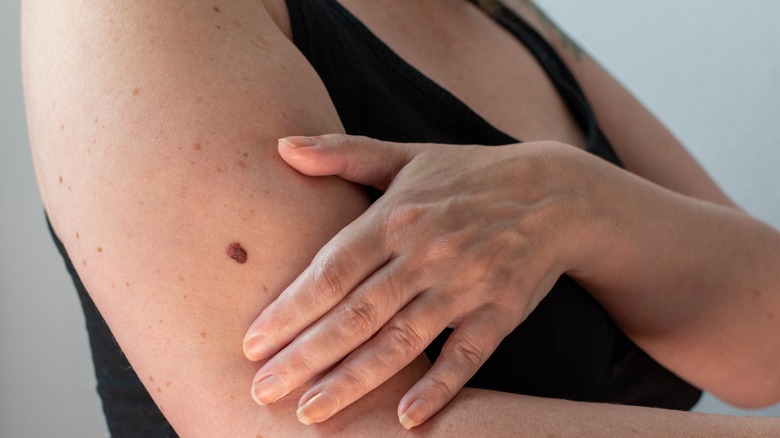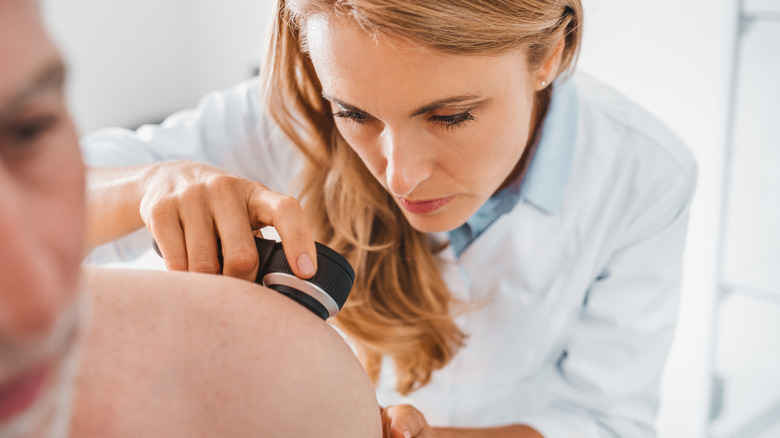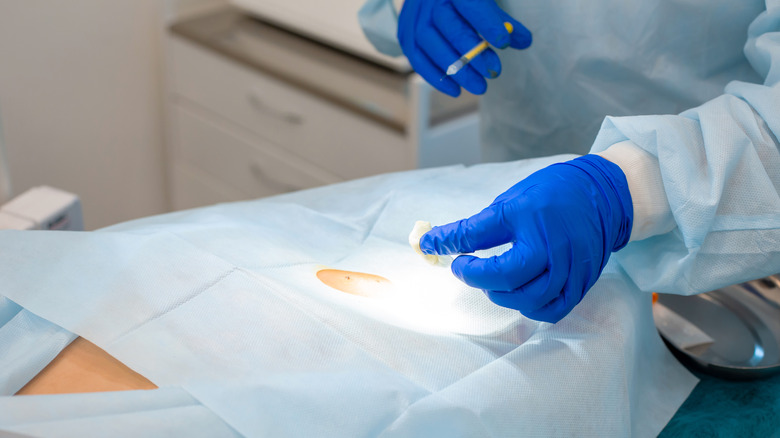What To Expect During Your Annual Skin Check (Yes, You Should Be Going Yearly)
Going for an annual skin check is right up there with getting a pap smear. It's not something anyone really looks forward to doing, and it can leave you feeling uncomfortable and vulnerable. However, it must be done. According to the Centers for Disease Control and Prevention (CDC), skin cancer is the most common cancer in America.
Ironically, though it is the most common, at the same time, it is a type of cancer that is the easiest to prevent. Skin cancer prevention involves staying out of the sun's harmful ultraviolet rays as well as steering clear of UV rays emitted from artificial tanning beds and sunlamps.
Although a skin check can be an unpleasant experience for some, it's not painful and is done relatively quickly. When doing something you don't necessarily enjoy doing, it helps to know what to expect, and like other medical exams and tests, a skin check has a standard set of procedures.
How a skin check is performed
During a skin check, a dermatologist will inspect every part of your skin, even parts that you may think would be overlooked, like your scalp as well as between fingers and toes (via Cancer.Net). If you have any areas of concern, such as a mole or spot, or any places you feel pain or itch, point them out to the doctor. It's especially helpful to let them know when you first noticed the spot and whether it has changed in size or shape since you first saw it.
The doctor will be looking for darkened patches, moles, and lesions that exhibit signs of skin cancer. These include any lesions that are multi-colored, not symmetrical, have irregular borders, and are large, measuring over 6 millimeters in diameter.
If the doctor finds something unusual, they will perform a biopsy and send the skin cells to the lab for further inspection. If this happens, there is no need to become alarmed. "Fortunately, most new, changing, symptomatic, atypical, or outlier lesions are not cancer," Dr. Ashfaq Marghoob, the director of clinical dermatology at Memorial Sloan Kettering Cancer Center in New York City, tells Cancer.Net.
The lowdown on biopsies
Though the word biopsy can sound jarring, it often isn't a painful procedure and can be done very quickly right in the doctor's office.
"During the biopsy, your doctor will clean the area of skin where the spot is located, numb it with an injection of anesthesia, and use a scalpel to take a sample of the skin," dermatologist Dr. Sejal Shah tells Skincare.com. "You shouldn't feel any pain, aside from the pinch from the injection."
The skin cells are then sent to a lab where a pathologist will inspect them under a microscope to determine whether they contain cancer cells. Skin biopsies are often not cancerous but when cancer is found, the best course of action is to treat it right away. "It may need to be completely removed and treated with other processes," says Dr. Shah. "When found early, skin cancer is highly treatable and in most cases curable."


